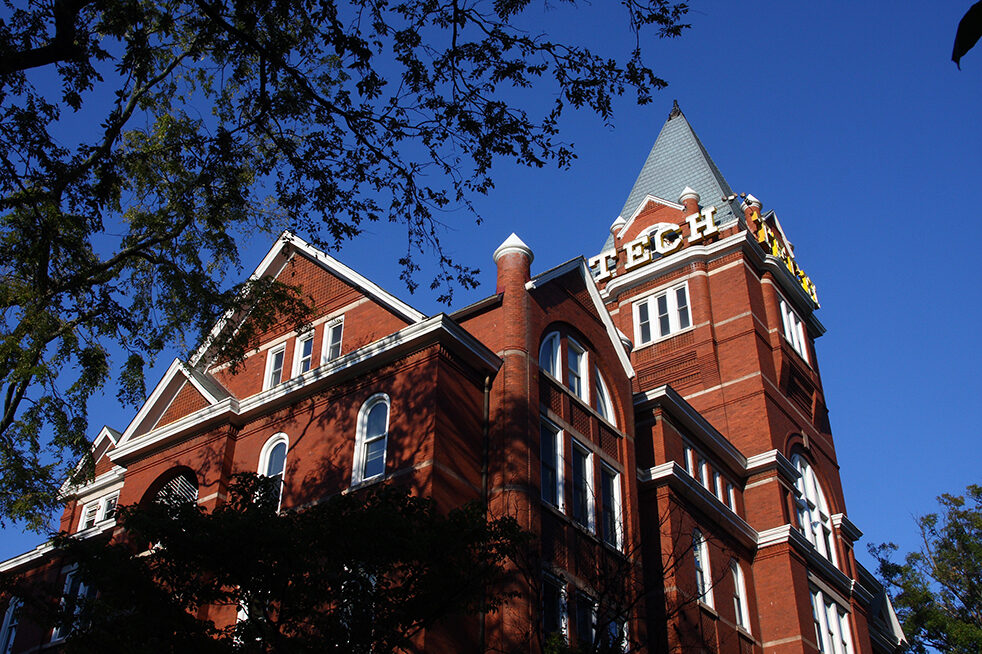The last week of September is International Banned Books Week. Started in 1982 as a response to a surge in banned books, this week is dedicated all across the globe to celebrating the freedom to read and learn by spotlighting books throughout the years that have been censored or banned by schools, bookstores and libraries.
According to the American Civil Liberties Union, censorship is defined as “the suppression of words, images or ideas that are considered ‘offensive.’”
Censorship happens whenever powerful people succeed in imposing their personal values on others, whether they be moral or political.
This can happen anywhere from the government to schools to even how parents choose to raise their children.
Books have been banned for a variety of reasons, usually relating to racism, violence or sexual situations.
However, many of the books that students study today in high school, such as Harper Lee’s “To Kill a Mockingbird” or John Steinbeck’s “Of Mice and Men,” were at one point banned in schools because teachers, librarians, parents throughout history were personally offended by the content or messages and felt that these books would have greater negative effects if students were exposed to them.
For this year’s theme “Books Unite Us. Censorship Divides Us,” our editorial staff board has read on average four out of the ten chosen books for this week, most of them being from their high school English curriculum. So what changed? Why are these books so popular now?
We think that schools realized the value of these books because they teach that the world is complicated and have subjects that are relevant, real and important to have analytic conversations about.
For example, “To Kill A Mockingbird” explores themes surrounding racism, class and injustice in America, which are all incredibly important to have educational conversations about because of how they have shaped our country and continue to impact how we move through our everyday lives.
Additionally, many of the books that were once considered too “edgy” or controversial in the past are not perceived the same way nowadays.
The level of what’s considered age appropriate or socially acceptable to talk about has vastly changed throughout the years, and the books that push boundaries in topic and theme have shown to be catalysts for that change.
These books have given us an opportunity to change and learn more about the ways different people experience life, and who knows, maybe works that are considered inappropriate or obscene in schools today will be widely taught in schools ten years down the road.
With that being said, not every book is appropriate in all school settings and should be filtered accordingly as students grow and mature. Filtering is different from banning because rather than saying a hard “never,” filtering does not completely omit said information from exposure — it just says “not right now.”
For example, having books that explore sexual or violent themes should be left out of elementary school libraries and school curricula because students are not ready for those conversations yet.
However, books with similar themes would be fine in high schools because the students have matured and should be exposed to real world themes as part of their growth into adulthood.
Literature can act as a safe space for conversations to be held about sensitive topics, especially if there is a teacher to guide them along the way and provide context — it is better to have first exposure to these types of real world issues as part of students’ education and growth rather than later down the road into their twenties and thirties.
